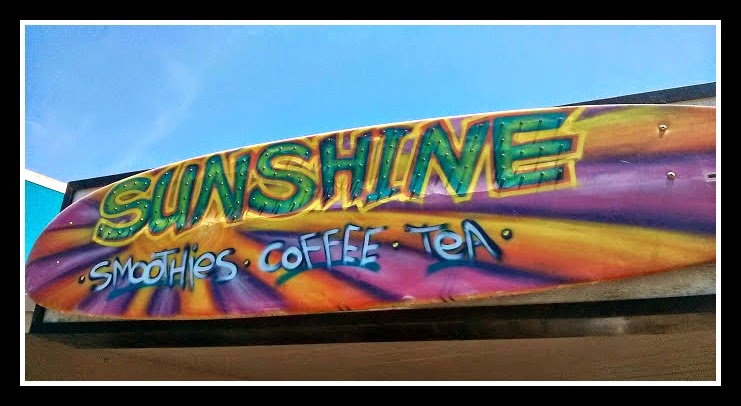The
global mindset is important for managing organizations across a wide spectrum
of cultures as well as working effectively within particular cultures. A study
by Masakowski, et. al. (2013) discusses the concept of the global mindset and
how a sample of military veterans was able to improve upon cultural
intelligence, metacognitive/cognitive strategies, and their effective/motivational
resources for learning. The study helps to highlight some of the factors in
developing global managers.
Business
education is beginning to incorporate the global mindset into their curriculum
in an effort to create stronger global strategic decision-making. This mindset
is fostered through multi-cultural interactions within classrooms (Rhinesmith,
1992). It may also be fostered in companies through cross collaborative projects
and service oriented learning.
The
global mindset can be used in business organizations, military units, or geographical
dispersed projects. Global leadership skills are created by enhancing the
global mind-set, cultural intelligence, and intercultural competence (Pless,
et. al., 2011). Development
typically comes from tacit and implicit knowledge of other cultures that is
built into an appropriate mental framework.
One can think of the global mindset
as the development of the “software of the mind” (Hoftstead, 1991). It is a way
of processing cultural information across boundaries using a method that makes logical
sense to the user. It is a broad perspective that synthesizes information into
a usable model that understands the impact of decisions across multiple
cultures. It is a type of broad and wide strategic analysis.
According to Rhinesmith (1992,
pg. 10) the global mindset is a “a predisposition
to see the world in a particular way that sets boundaries and provides
explanations for why things are the way they are. A mindset is a filter through
which we look at the world.” As a unique perspective it offers the
opportunity to understand and synthesize information on a global or universal
scale.
Let
us try and see this in a more concise perspective. Exposure to various
cultures offers an opportunity to see different vantage points and ways of
living unique to each culture. When multiple cultural perspectives are
understood it is possible to take a wider perspective of life and synthesize that
into conclusions that apply across cultures. It is something akin to the commonalities
of life.
The
study focused on veterans and others who seek to be entrepreneurs. The
participants engaged in 2-3 weeks of online education followed by an intensive
9-day boot camp. They found that the metacognitive learning that leads to a
global mindset is difficult to train and is something that is unintentional and
unique to the individual. Global knowledge is concise pieces of information
while the global perspective is a broader methodology of viewing the world.
There were a number of factors that seem to have some influence:
Metacognitive/cognitive: The cognitive
strategies that a person uses to understand other cultures and the strategies enacted to
understand specific cultures (learning how to learn).
Affective/Motivational: People must be
motivated to learn about other cultures to develop cultural intelligence.
Behavioral: The ability of
a person to adjust their behavior to fit within a particular culture.
Hofstede, G. 1991. Cultures and organizations. New
York: McGraw-Hill.
Mosakowski, E. et. al. (2013).
Cultures as learning laboratories: what makes some more effective than others? Academy of Management Learning &
Education, 12 (3).
Pless, N. M., Maak, T., &
Stahl, G. K. 2011. Developing responsible global leaders through international
service-learning programs: The Ulysses experience. Academy of Management Learning and Education, 10:
237–260.
Rhinesmith, S. H. 1992. Global
mindsets for global managers. Training
& Development, 46(10): 63–69.


